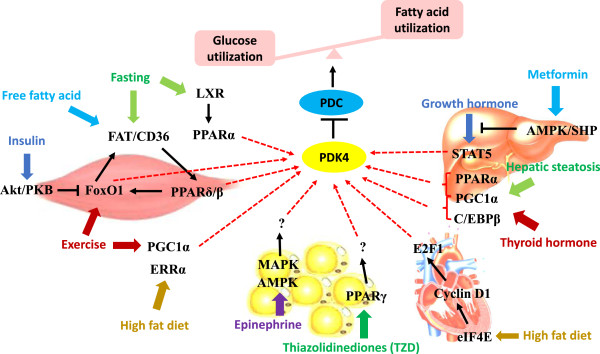adreno
PR activist
- Messages
- 4,841
More about HIF-1:
It looks like HIF-1 signaling is impaired in neurodegenerative diseases, making it a potential treatment target:
The oxygen tension-dependent transcriptional factor, hypoxia inducible factor-1 (HIF-1), is responsible for the induction of genes that facilitate the adaption and survival of cells exposed to hypoxia [2]. HIF-1 activation induces a diverse range of target genes, encompassing a wide variety of cellular processes, including angiogenesis, erythropoiesis, energy metabolism, cell proliferation, and cell cycle control [3]. HIF-1 can improve the redox environment [4], increase blood oxygen and glucose supply, and affect iron metabolism by regulating its target genes.
It looks like HIF-1 signaling is impaired in neurodegenerative diseases, making it a potential treatment target:
https://www.ncbi.nlm.nih.gov/pmc/articles/PMC3213300/The brain consumes a large quantity of oxygen and demonstrates a high vulnerability at conditions with impaired oxygen supply. It has been suggested that reduced oxygen supply plays a key role in neurodegeneration during the aging process [5]. Pathological processes such as oxidative stress, impaired oxygen or glucose supply, and disruption of iron homeostasis are common in neurodegenerative diseases [6–8]. This raises the possibility that HIF-1 is a potential therapeutic target for these neurodegenerative diseases. In this review, we focus on the mechanisms of HIF-1 regulation and roles of HIF-1 in neurodegenerative diseases including amyotrophic lateral sclerosis (ALS), Alzheimer’s (AD), Parkinson’s (PD), and Huntington’s diseases (HD). We also summarized recent drug development based on HIF-1 pathway in neurodegenerative diseases.

